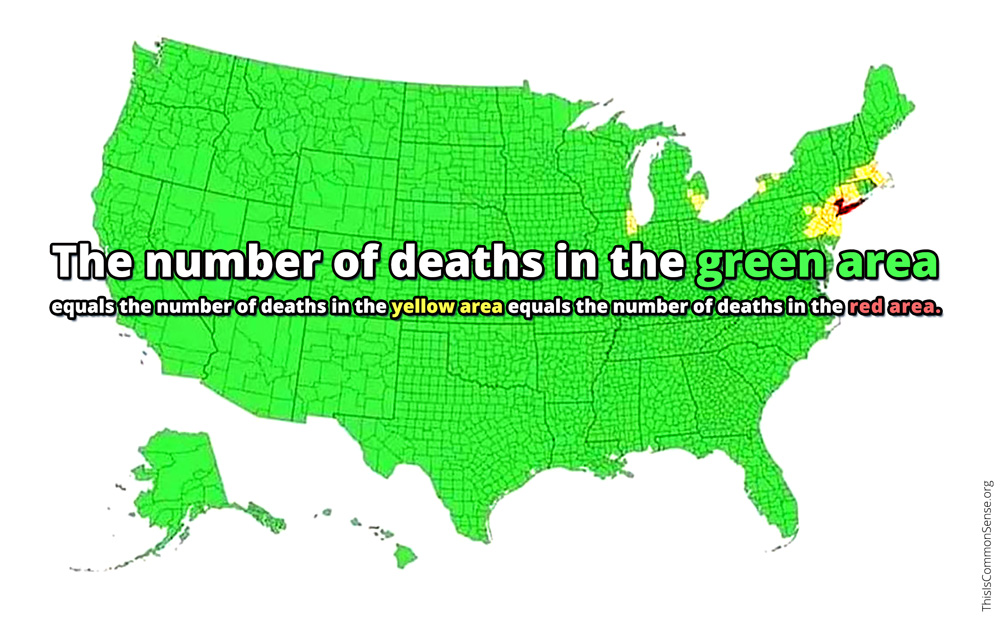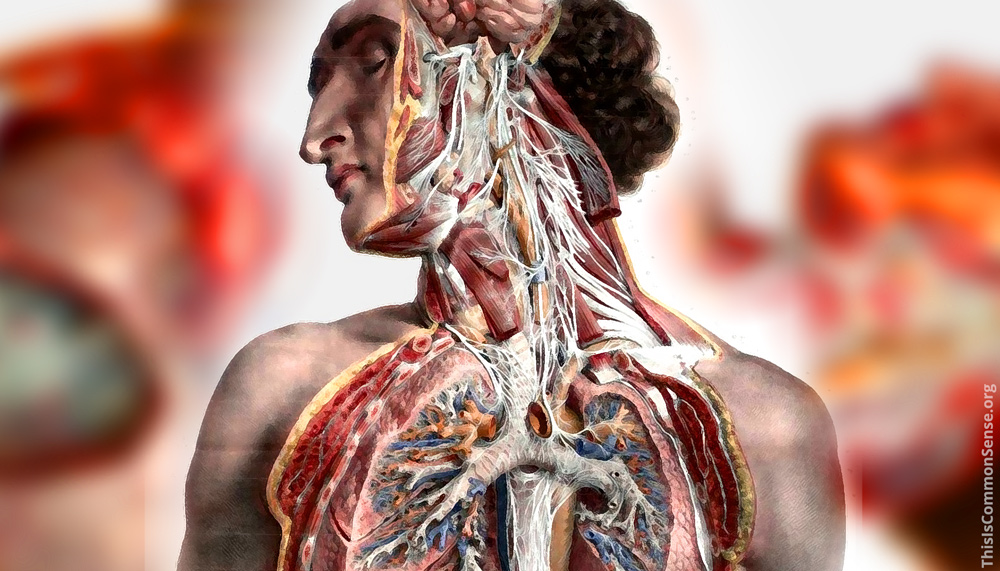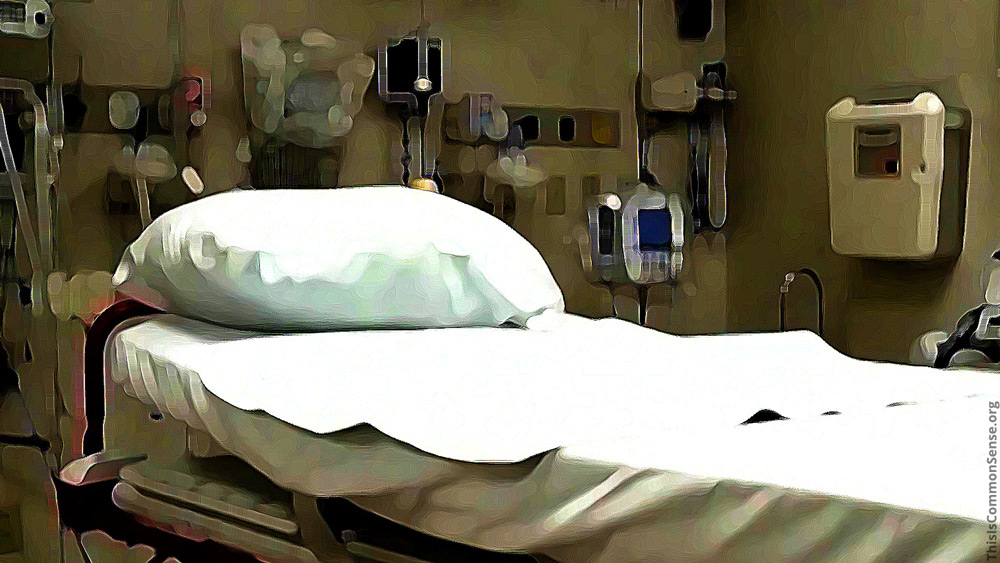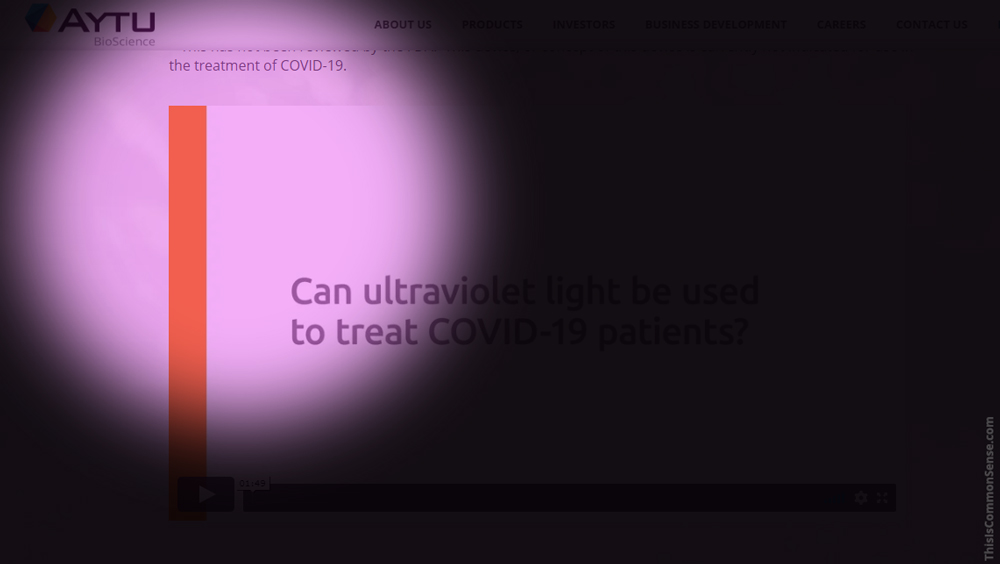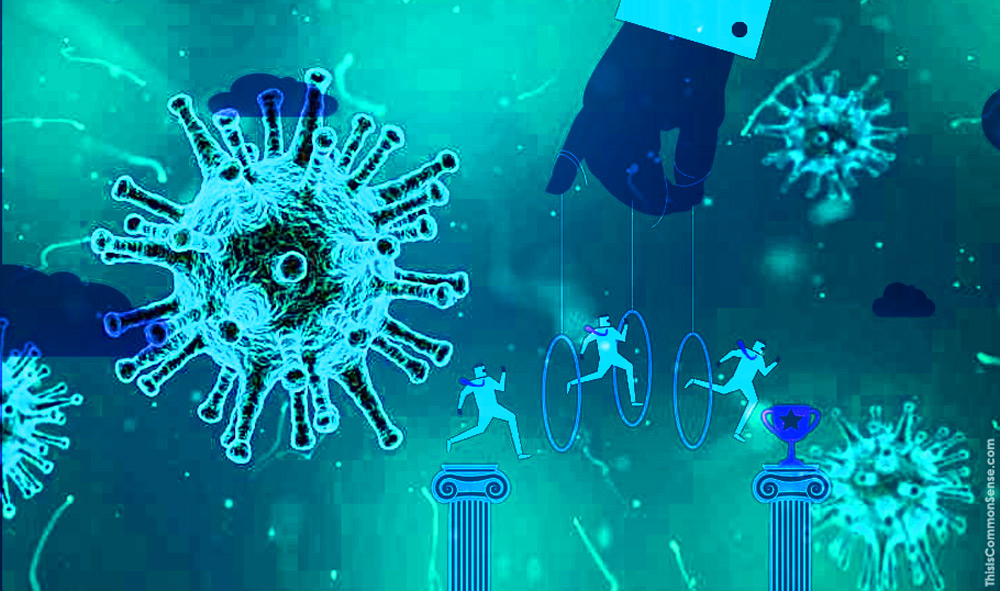While reading an article in The Hill, about the loss of life that the lockdowns will cause — “millions of years of life” — I saw news anchor Judy Woodruff, on PBS News Hour, put on a dour face to intone the latest U.S. coronavirus death count: over 98,000.
But the United States is not just one unit. The United States are … very different. Fifty different. Most states have had few coronavirus deaths. Indeed, the map of mortality shows only a few hot spots, with New York City the worst.
Why? One key factor appears to be population density, particularly housing density and living quarters crowding. Lots of that goes on in New York City — and, PBS tells us, on Navaho lands.
Yet not all crowded conditions are as worrisome as once thought. Many were much exercised about Florida’s Spring Break beachgoers, but no major outbreaks occurred there.
This may be the result of the virus not being spread as experts initially thought: by asymptomatic carriers — as “A study on infectivity of asymptomatic SARS-CoV‑2 carriers” indicates.
Japan’s prime minister, Shinzō Abe, has withdrawn the nation’s state of emergency … with less than 900 dead. Back in the U.S., the states are responsible for the lockdowns, but President Trump urges an end to them, and the other day even Dr. Fauci acknowledged that lockdowns also kill.
Emile Phaneuf, writing at FEE.org, makes clear what has been foggy in popular discourse: it’s not “lives versus ‘the economy’” but “lives versus lives.” Mr. Phaneuf explains the economic logic of better policy regarding contagions.
Will our “leaders” listen in time for Round Two of the virus expected in the Fall?
This is Common Sense. I’m Paul Jacob.
—
See all recent commentary
(simplified and organized)
